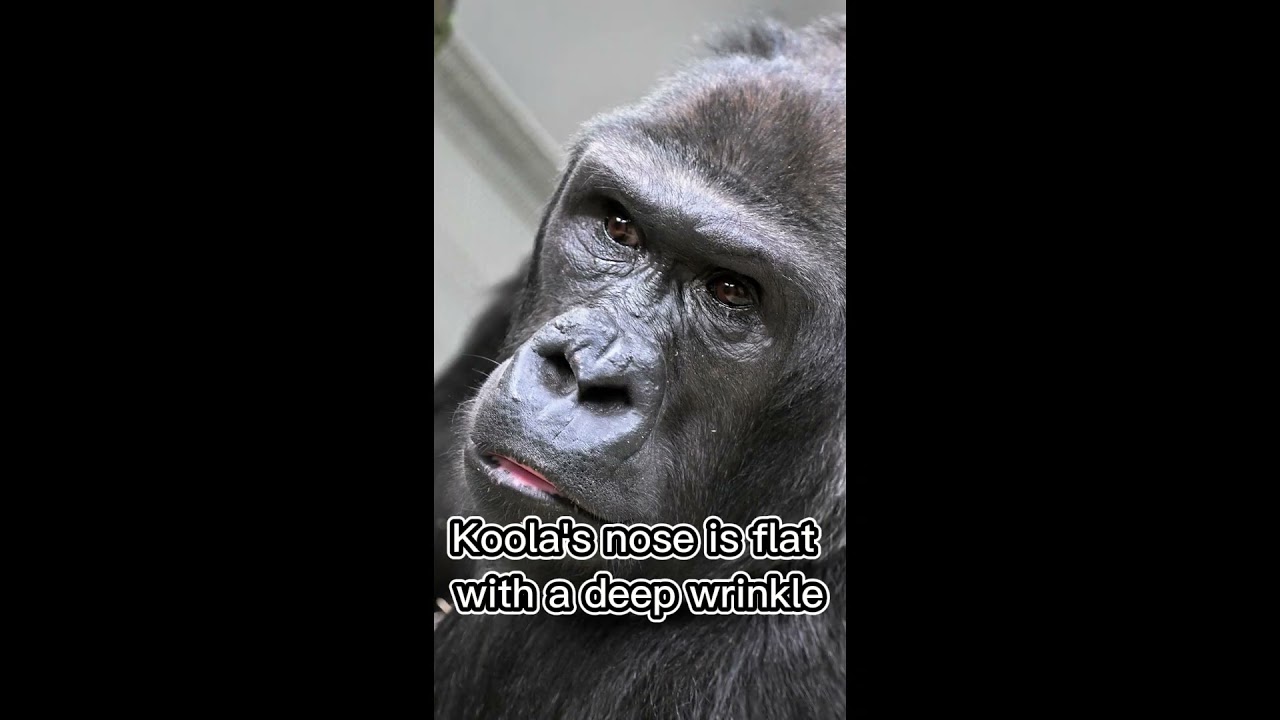- Evolutionary Adaptations of Animal Noses
- Distinct Nose Features Among Wildlife
- Comparative Anatomy and Function of Noses
- Conservation Efforts and Habitat Preservation
- Educational Initiatives and Public Engagement
Evolutionary Adaptations of Animal Noses
Animal noses serve as diverse evolutionary adaptations critical for survival. Evolution has sculpted these features to fulfill various roles, from sensing danger to finding food. In mammals alone, the olfactory system can be incredibly complex. For example, the African elephant’s trunk contains over 40,000 muscles and can perform delicate tasks such as plucking a single leaf. Elephants also have a highly developed sense of smell, crucial for locating water sources, even from miles away, and communicating through pheromones.
Conversely, the star-nosed mole’s unique nasal appendage is a perfect example of a specialized sensory organ adapted for its subterranean lifestyle. This star-shaped structure is covered with touch receptors called Eimer’s organs. These organs allow the mole to detect prey with extraordinary accuracy in complete darkness. The adaptation underscores the principle that while noses serve similar broad functions across species, specific evolutionary pressures shape them in unique ways.
Distinct Nose Features Among Wildlife
Nose shapes and capabilities vary significantly across wildlife, reflecting ecological niches and behaviors. The Honshu macaque, also known as the Japanese snow monkey, has a prominent nose that helps it thrive in cold climates. This primate’s nasal adaptations include enlarged air passages that warm the cold air before it reaches the lungs.
Birds like the kiwi have long slender beaks with nostrils at the tip, an unusual placement among avians. This anatomical feature allows them to probe the earth for insects and worms, aided by a highly developed sense of smell—an exception in a group where vision usually dominates.
Reptiles offer another fascinating dimension. Snakes possess not only nasal passages but also use Jacobson’s organ, a chemoreceptor located on the roof of the mouth, to “smell” their environment through flicking their tongues. This dual olfactory system allows snakes to track prey, find mates, and evade predators, demonstrating the myriad ways in which noses and related sensory structures are adapted for survival.
Comparative Anatomy and Function of Noses
A closer look at the comparative anatomy of animal noses reveals functional adaptations that support each species’ lifestyle. Marine mammals, such as dolphins, have evolved blowholes on top of their heads, simplifying breathing at the surface. The dolphin’s intricate nasal passages are capable of producing a wide range of sounds for echolocation, an essential skill for navigating and hunting in murky waters where vision is limited.
Insectivorous bats have noses that are highly specialized. Some species, like the leaf-nosed bat, have complex nasal folds that aid their echolocation abilities. These structures focus the emitted sound waves, enhancing their ability to locate and identify prey.
The physiology of nasal structures often involves a trade-off between respiratory efficiency and olfactory sensitivity. Maximal respiratory efficiency is crucial for animals with high metabolic demands, such as cheetahs, whose large nasal passages allow for increased airflow during high-speed pursuits. On the other hand, scavengers like vultures have an exceptional sense of smell, suited for detecting carrion.
Conservation Efforts and Habitat Preservation
Efforts to conserve wildlife often include specific focus on preserving an animal’s natural habitats, which are critical for their unique adaptations, including nasal structures. The preservation of wetland ecosystems, for example, is vital for species like the marsh harrier, which relies on its acute sense of smell to hunt in these environments. These efforts help maintain ecological balance and support the biodiversity crucial for ecosystem health.
Human activities such as deforestation, pollution, and climate change pose significant threats to these habitats. Conservation organizations work tirelessly to mitigate these impacts through habitat restoration, legal protection, and public education. Community-based conservation strategies emphasize the role of local populations in protecting wildlife, promoting sustainable practices that benefit both humans and animals.
Educational Initiatives and Public Engagement
Educational initiatives play a fundamental role in wildlife conservation and fostering public awareness. Zoos and wildlife parks, which often serve as conservation and research centers, are integral to these efforts. Programs that focus on “Who knows these noses?” can captivate and educate the public about the vital functions and fascinating diversity of animal noses.
Interactive exhibits, where visitors can compare their sense of smell with that of various animals, offer engaging learning experiences. Virtual reality can transport audiences into the natural habitats of these species, providing a first-hand look at how important noses are for survival.
Educational programs extend to schools and communities, where tailored curriculums can inspire the next generation of conservationists. Collaborations with media platforms also allow for broader outreach, using documentaries and social media to highlight the significance of preserving wildlife and their specialized adaptations.
Ultimately, understanding the diversity and function of animal noses not only enriches our knowledge of zoology but also underscores the interconnectedness of ecosystems. The intricate ways in which these structures develop and operate reflect a broader tapestry of evolutionary adaptation and ecological interaction. Recognizing and preserving this diversity is essential for sustaining the health of our planet and its myriad inhabitants.
*****
Source Description


